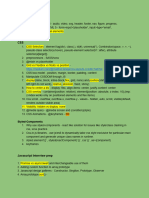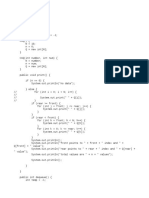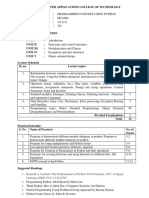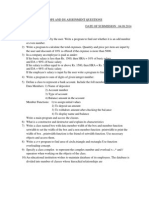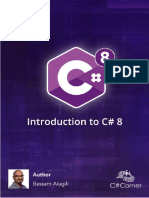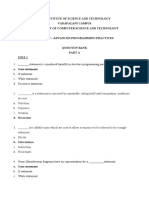0% found this document useful (0 votes)
7 views3 pagesInterview QA Guide
The document provides an overview of key programming concepts such as OOP principles, differences between Java and Python, exception handling, and various web development topics including DOM and responsive design. It also discusses database connectivity with JDBC, SQL joins, and the implementation of role-based access in applications. Additionally, it includes personal insights about the author’s background, challenges faced in projects, and future career aspirations.
Uploaded by
abhiaglawe7385Copyright
© © All Rights Reserved
We take content rights seriously. If you suspect this is your content, claim it here.
Available Formats
Download as PDF, TXT or read online on Scribd
0% found this document useful (0 votes)
7 views3 pagesInterview QA Guide
The document provides an overview of key programming concepts such as OOP principles, differences between Java and Python, exception handling, and various web development topics including DOM and responsive design. It also discusses database connectivity with JDBC, SQL joins, and the implementation of role-based access in applications. Additionally, it includes personal insights about the author’s background, challenges faced in projects, and future career aspirations.
Uploaded by
abhiaglawe7385Copyright
© © All Rights Reserved
We take content rights seriously. If you suspect this is your content, claim it here.
Available Formats
Download as PDF, TXT or read online on Scribd
/ 3






















































